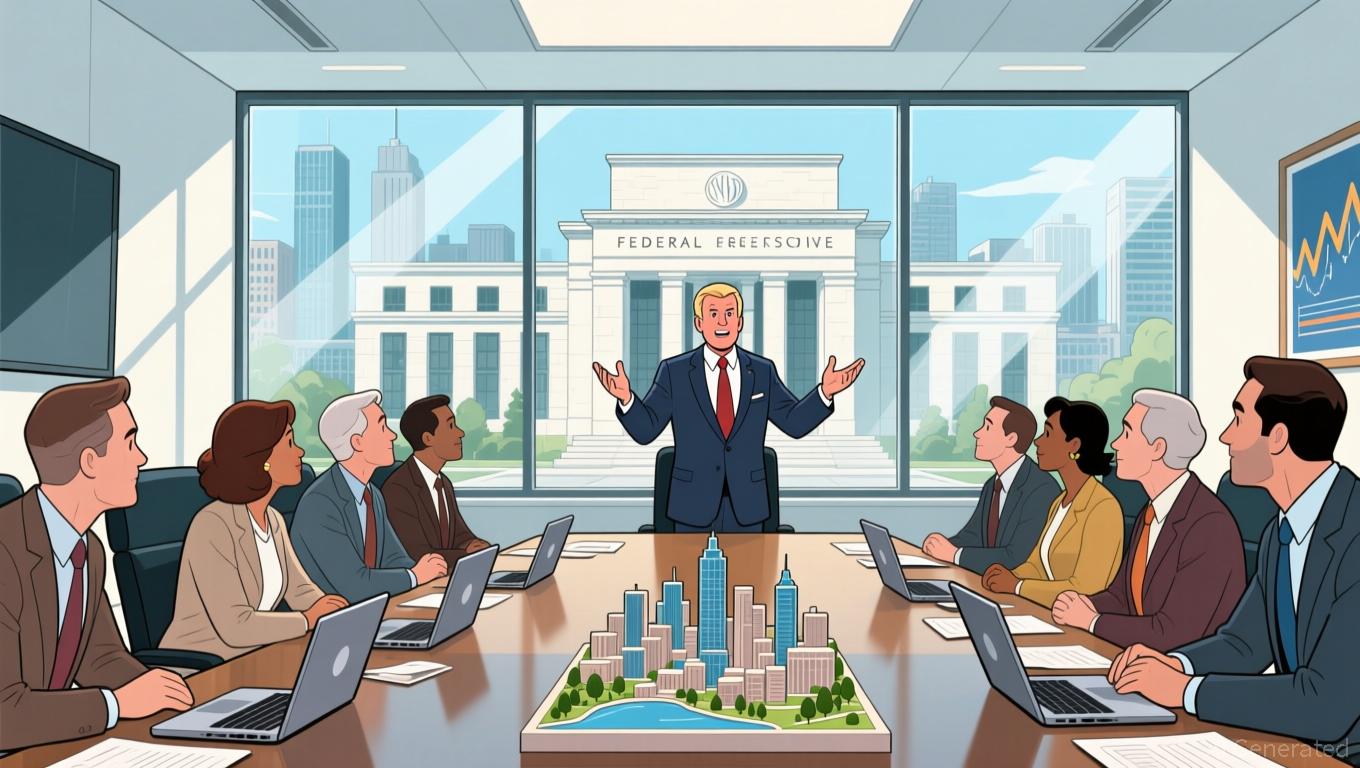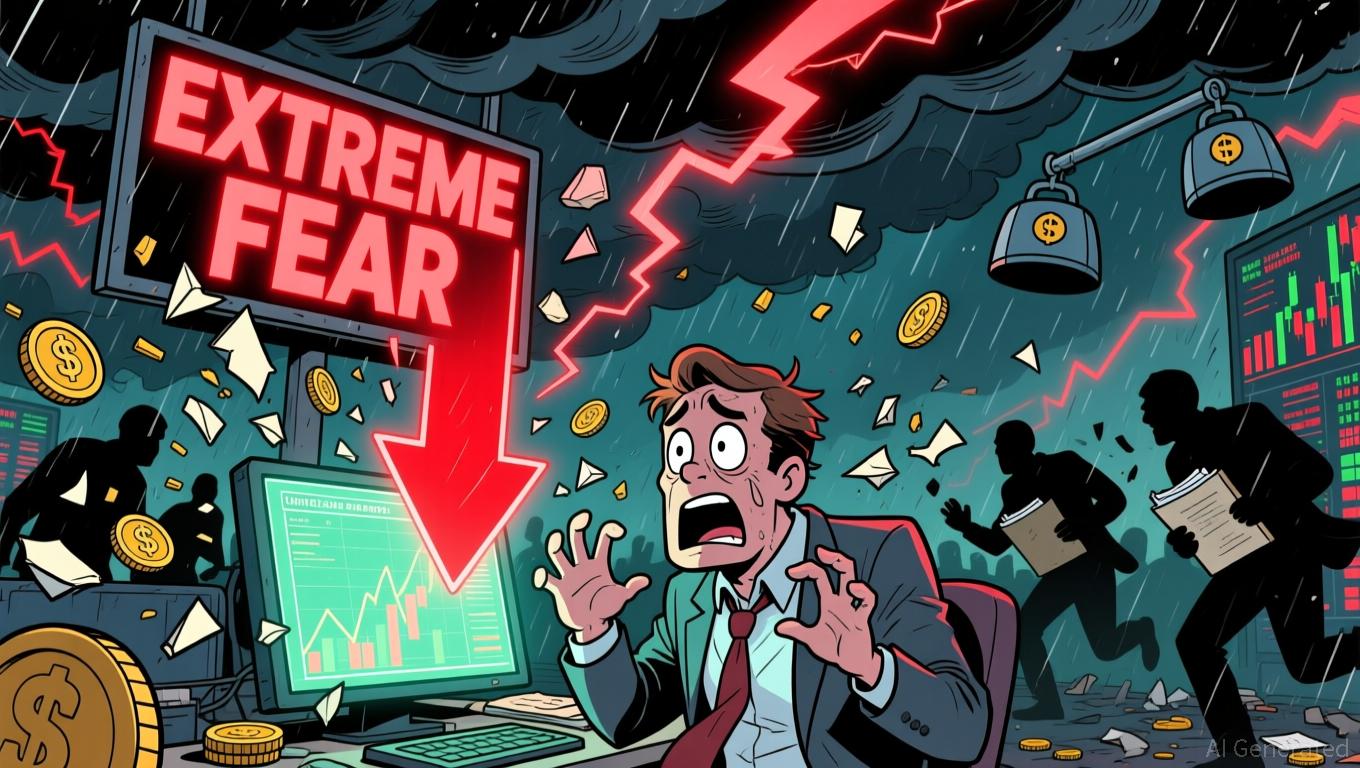Trump’s Federal Reserve Strategy: Hassett’s Proposed Reductions Face Resistance from Central Bank Prudence
- Trump plans to nominate Kevin Hassett as Fed chair, prioritizing aggressive rate cuts over Powell's cautious approach. - Hassett's market-driven policies face political risks, with internal resistance warning against destabilizing Fed independence ahead of 2026. - Fed officials remain divided on rate cuts, balancing inflation control against weakening labor market signals. - Critics argue Trump's focus on short-term cuts risks inflation, while Bessent's post-Thanksgiving recommendations will shape U.S. m
President Donald Trump is nearing a decision to select Kevin Hassett as his top choice to replace Jerome Powell as the head of the Federal Reserve, with the National Economic Council director signaling he would accept the role if offered. Hassett, known for advocating significant interest rate reductions, stated in a Bloomberg interview that he favors a 50 basis point cut to the Fed’s key rate at the December meeting,
Hassett’s possible nomination highlights Trump’s desire for a Fed leader who aligns with his economic agenda. During his interview, Hassett stressed his readiness to challenge the Fed’s present policies, which he claims have become “uncomfortably aligned with partisan interests.”
The political dynamics surrounding the nomination are still complicated.

The Federal Reserve itself is facing a tricky situation. Some members, such as Governor Christopher Waller, are pushing for rate reductions due to a softening job market, while others, including Cleveland Fed President Beth Hammack, believe policy should stay “somewhat restrictive” to fight ongoing inflation
Trump’s advocacy for a more accommodative Fed fits with his broader economic strategy, which also involves reducing tariffs and tackling inflation. Hassett, who has previously been on the Fed’s board, describes his approach as a mix of market-oriented reforms and structural changes aimed at lowering costs for consumers
As the administration nears a final decision, whoever is chosen will need to balance Trump’s expectations with the Fed’s responsibility to maintain long-term economic health.
Disclaimer: The content of this article solely reflects the author's opinion and does not represent the platform in any capacity. This article is not intended to serve as a reference for making investment decisions.
You may also like
Expert Says XRP’s Price Talk Means Little Without Real Utility
Cardano Founder Reveals Midnight’s NIGHT Token Launch Date
Bitcoin Updates: El Salvador Continues Aggressive Bitcoin Purchases Despite Market Turmoil as BTC Falls Under $90K
- Bitcoin fell below $90,000 for first time in seven months amid macroeconomic uncertainty, profit-taking, and leveraged long liquidations. - $19B in leveraged longs liquidated triggered cascading losses, while the Fear & Greed Index hit "extreme fear" levels at 10. - El Salvador defied market panic by purchasing $101M BTC weekly, expanding reserves to 7,474.37 BTC under President Bukele's policy. - Institutional views remain split: Strategy denied selling holdings, but ETF outflows removed $870M in redemp

Ethereum Updates Today: U.S. Banks Granted Permission to Store Crypto, Boosting Nation’s Role as Leading Digital Asset Center
- U.S. banks can now hold crypto on balance sheets to pay blockchain fees, per OCC guidance, advancing digital asset integration. - The rule allows testing crypto platforms and holding tokens like ETH to reduce counterparty risks and streamline blockchain operations. - Trump-era policies position the U.S. as a crypto hub, with banks preparing to launch custody services and stablecoins under relaxed regulations. - Institutions must comply with safety standards, maintaining crypto holdings proportionate to c
